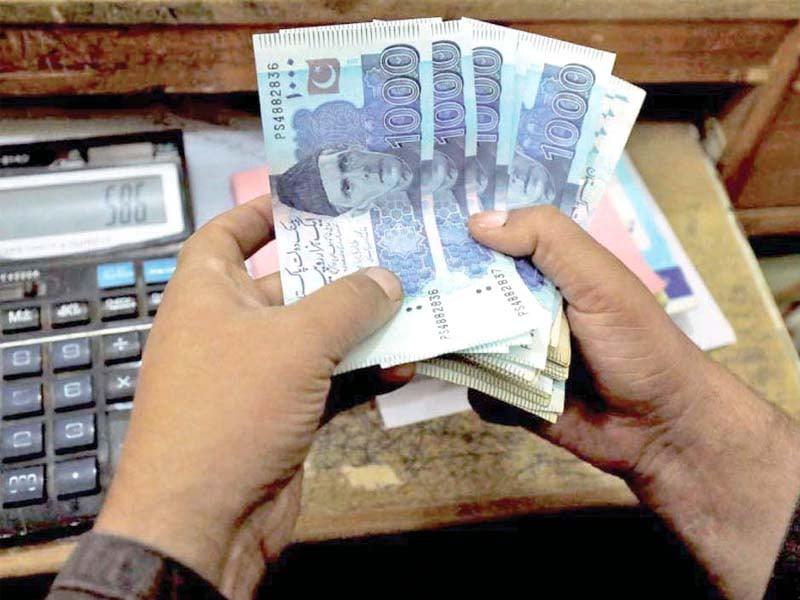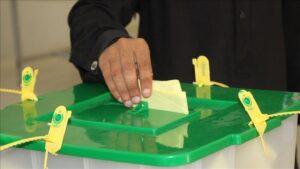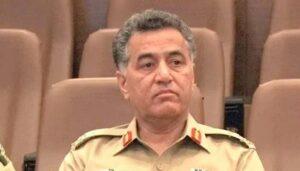Islamabad:
Petroleum consumers will mainly finance the recent reduction in electricity rates of up to 17% under the help package of the Prime Minister.
The National Regulatory Authority of Electric Power (NEPRA) on Friday a public hearing to consider the Government’s request for a tariff reduction of RS1.71 per unit for consumers throughout Pakistan, including Karachi.
It was reported that the total subsidy had increased to RS266 billion after adding RS58.6 billion in oil development tax (PDL). Currently, the Government is providing RS266 billion in Differential Tariff Subsidy to close the gap between real and notified tariffs, which could increase to RS324 billion with the last tariff proposal.
The government has recently increased PDL from RS60 to RS70 per liter in gasoline and diesel each, but announced that its impact would be redirected to electricity consumers. Now, it is believed that oil consumers will provide RS58 billion in additional PDL to subsidize electricity consumers.
At the audience, Nepra directed the power division to eliminate confusion among consumers, especially the industrial sector.
Upon hearing a government request for the reduction of the RS1.71 rate per unit due to the additional PDL of RS58.6 billion for three months, the president of Nepr. excluding users of lives lives.
He added that consumers would receive an immediate relief from RS5.03 per unit in the next few days, while the remaining relief would be provided in the quarterly rate adjustment (QTA) for the third quarter.
Industrial Aamir Sheikh acknowledged the reduction of the tariff, but pointed out that there was a discrepancy since the president of Nepra cited an RS5 relief per unit, while the power division indicated a reduction of RS6.
The breakdown of relief that includes RS1.9 per unit under the differential subsidy rate, RS1.71 under QTA and RS1.36 under the adjustment of the fuel price (comprising RS0.46 and RS0.90 per unit).
“I hope that Nepra clarifies whether the relief of the next QTA will be given to consumers in the current quarter (April-June), which means two QTA simultaneously, or will be finished now, but it will be implemented in the quarter from July to September,” he said. “If the next QTA is granted in this quarter and is around less RS1 per unit, this clarification would allow us to estimate a net relief of around RS4 per unit and plan export sales accordingly,” he added.
Arif Bilwani and Tanveer Barry also sought clarifications at various points raised during the public hearing.
The proposed decrease in the rate must be implemented through an increase in the differential subsidy of rates, and the government already obtains the approval of the cabinet before submitting the application to Nepera. Relief will be applicable to all energy distribution companies, including K-Electric (KE), for three months. However, officials clarified that Lifeline consumers would not enjoy the benefit.
According to energy division officials, the Government aims to compensate for the cost through estimated savings of 58 billion rupees by stable oil prices in the next three months.
Additional relief is provided through reviews in energy purchase agreements, since RS12 billion savings after negotiations with independent energy producers (IPP) had already been included in the recent QTA. The government is also negotiating with banks to deal with circular debt. These conversations are part of a broader strategy to end an agreement that could reduce liabilities in the electricity sector.
Officials clarified that relief for consumers was being provided through quarterly adjustments instead of annual reduction due to current economic conditions.
Nepra officials confirmed that an RS1.36 relief per unit had already been granted under the adjustment of fuel charges and with the proposed RS1.71 reduction, consumers could receive an immediate cumulative relief from RS5.03 to RS5.04 per unit. The authority will review the data presented and issue a formal decision.
The energy division officials emphasized that the continuation of the relief measures would depend on macroeconomic stability, noting that the current financial situation did not allow the annual exception of tariffs, so quarterly adjustments were being used. The third quarterly adjustment application is expected to be submitted in the second week of April.
During the hearing, concerns were raised about the load that was placed in consumers connected to the network due to the increase in net measurement connections, which translates into a tariff increase of RS1.5 per kilowatt-hora (kWh).
In response, Nepra officials declared that the government was actively deliberating on the issue and was expected to announce a decision soon. They added that the adjustments can also be introduced during the next relocation of the rate to guarantee equity while protecting network consumers.
RS3.02 Relief for KE consumers
Separate, Neprolvas issued his decision on KE’s request for the provisional fuel charges for January 2025, indicating a relief from RS3.02 per kWh. This will be transmitted to consumers in April 2025 invoices.
Nepra provisionally retained RS2 billion with respect to the adjustments because of the partial load curves, open cycle and degradation together with the start of initiation in accordance with its decision with respect to the generation rate for the period of July 2023 later from the fuel charges adjustment for January 2025. It would be adjusted against KE claims to ensure that consumers are not buried in a subsequent stage.




